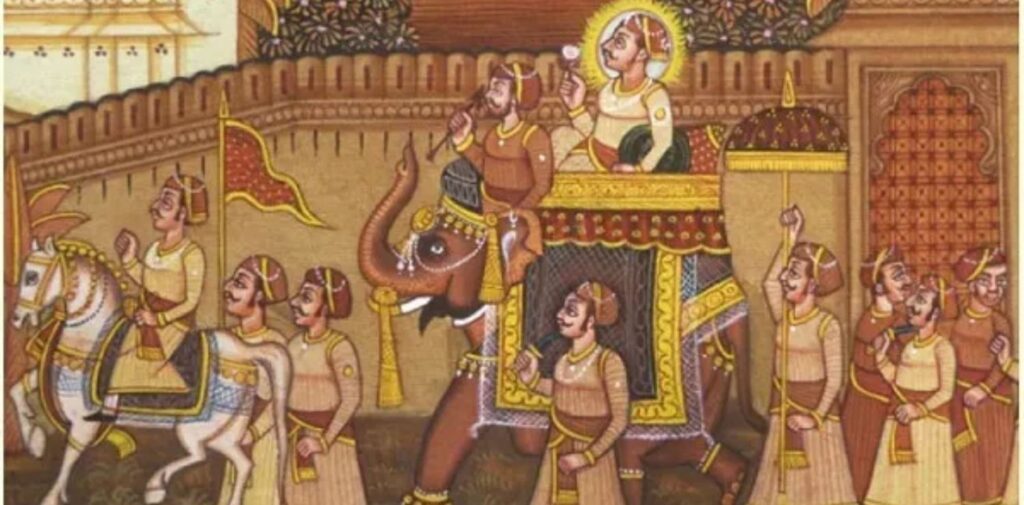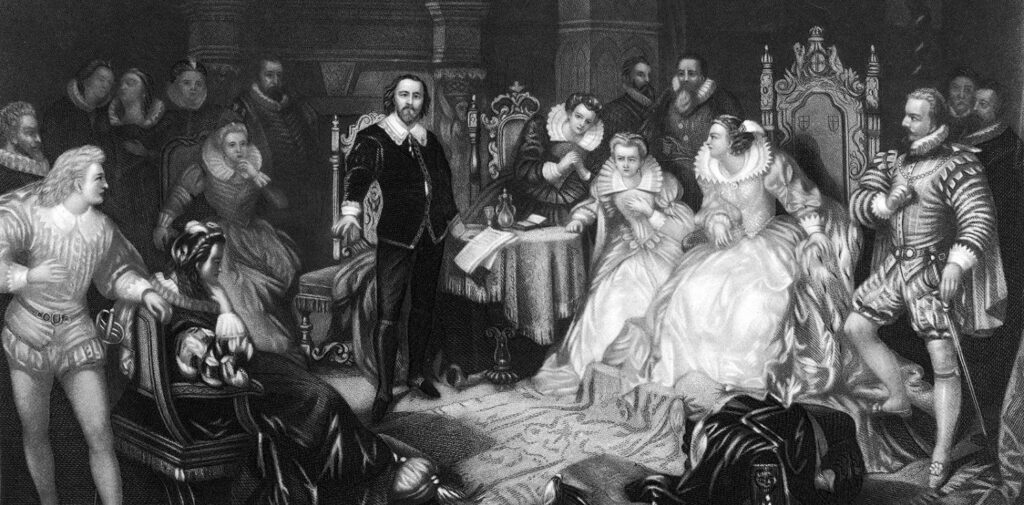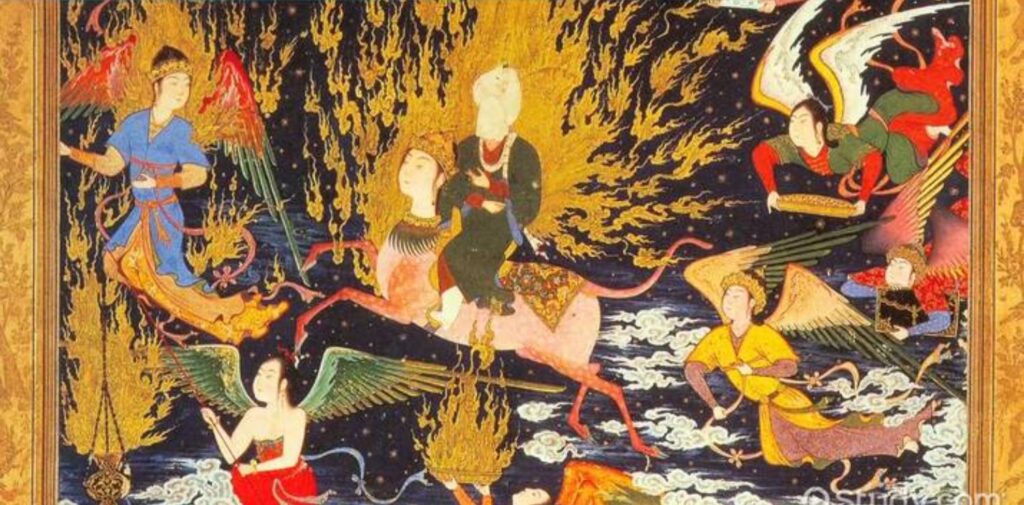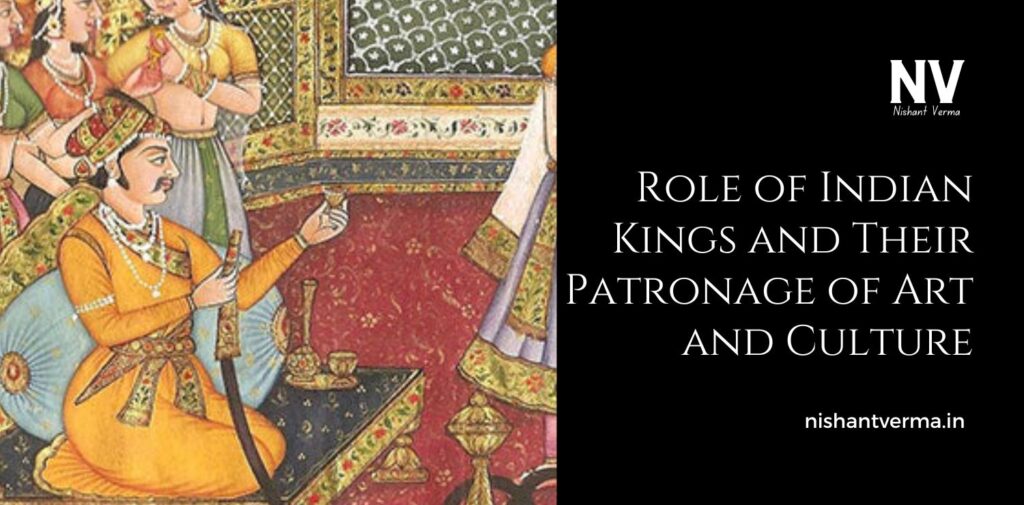India is a land rich in history and culture. Over thousands of years, many kings and rulers have contributed to making India one of the most culturally vibrant countries in the world. One of the most important things these kings did was support art and culture. Their support helped arts, music, literature, and architecture flourish in India. These kings were not only rulers of their lands, but they were also patrons of art, which means they provided support and encouragement to artists, musicians, and scholars. This made India’s cultural heritage very rich and diverse.
In this article, we will learn about the role of Indian kings and how their support helped the growth of art and culture in ancient India. We will also see how this patronage helped create beautiful works of art and build grand monuments, many of which we can still admire today.
The Importance of Indian Kings in Cultural Development
Indian kings were not just rulers; they were often the protectors and promoters of culture. They understood that art, music, literature, and architecture were important parts of a civilization’s identity. They believed that supporting the arts was a way to preserve their culture and bring prosperity to their kingdom. Therefore, many kings spent a lot of their wealth and resources on encouraging cultural activities.
These kings invited artists, musicians, poets, and scholars to their courts. They gave them the freedom to create without worrying about money. This created an environment where creativity could thrive, leading to some of the greatest works of art and literature in Indian history.

Kings as Patrons of Art and Architecture
Many Indian kings built magnificent temples, palaces, and forts that still stand today as a testament to their love for art and architecture. These buildings were often decorated with beautiful sculptures, paintings, and carvings.
For example, the Maurya Empire, under Ashoka the Great, made a huge contribution to Indian architecture. Ashoka built stupas (large domed structures) to house relics of the Buddha. The most famous of these stupas is the Sanchi Stupa in Madhya Pradesh. Ashoka also built pillars, which are covered in Buddhist inscriptions. These pillars, such as the Ashoka Pillar at Delhi, are beautifully carved and have detailed writings that give us important historical information.
Another great example is the Chola Empire of South India. The Chola kings built some of the most stunning temples, like the Brihadeeswarar Temple in Thanjavur. This temple, which is more than 1,000 years old, is known for its massive structure and intricate sculptures. The Chola kings were also patrons of bronze sculpture, and many beautiful bronze statues of Hindu gods were made during their reign.
Literature and Music Flourish Under Kings
The kings of ancient India were also great supporters of literature and music. Many kings encouraged the writing of great literary works, often in the form of poetry and plays.
For example, during the Gupta Empire, under the rule of Chandragupta II (also known as Vikramaditya), there was a great golden age of literature. The famous Sanskrit playwright and poet Kalidasa wrote his great plays like Shakuntala during this period. Kalidasa’s works are considered some of the finest in the history of Indian literature. His beautiful poetry and storytelling were encouraged and supported by the Gupta kings.
Music also thrived during the Gupta period. The kings loved to have musicians perform at their courts. Some of the greatest musicians and dancers performed in front of these royal families. They even created new forms of classical music and dance, which are still performed in India today.

The Support for the Spread of Religion
Many Indian kings used their wealth and power to support religion. Kings like Ashoka (Maurya Empire) and Chandragupta (Gupta Empire) believed that supporting religion would bring peace and harmony to their kingdoms. As a result, they funded temples, monasteries, and religious institutions. They also promoted religious teachings through art and architecture.
For instance, King Ashoka, after converting to Buddhism, sent out missionaries to spread the teachings of Buddha across Asia. He built several Buddhist monasteries and stupas to spread Buddhism. His support of Buddhism led to the creation of Buddhist art, such as the famous Gandhara art (which mixed Greek and Indian styles), and many Buddhist scriptures.
The Chola kings in South India were also strong supporters of Hinduism. They built many beautiful temples dedicated to Lord Shiva, and they had priests and scholars at their courts who composed hymns and religious texts.
Kings as Creators of Public Institutions
Indian kings did not just support art in their courts; they also helped create public institutions that promoted learning and creativity. Some kings built universities and libraries that became centers of knowledge.
One of the best examples of this is the famous Nalanda University, built during the Gupta Empire. This university became a center of learning and attracted scholars from all over the world. Students came from places as far as China, Korea, and Central Asia to study here. The Gupta kings supported the scholars who came to Nalanda and encouraged the study of philosophy, mathematics, astronomy, and medicine.
Another important institution was the Taxila University in ancient India. Taxila was known for its scholars and teachers, and students could study a wide range of subjects, including military science and law.

The Legacy of Role of Indian Kings in Art and Culture
Today, we can see the legacy of these kings in the beautiful temples, sculptures, literary works, and monuments that they helped create. The art and architecture from their time still inspire people all over the world.
The kings of India, by supporting art and culture, not only enriched their own kingdoms but also laid the foundation for a strong cultural heritage that would continue for centuries. Their patronage allowed the best artists, poets, musicians, and scholars to thrive, creating masterpieces that are admired even today.
Conclusion: The Enduring Influence of Indian Kings on Art and Culture
Role of Indian Kings played an important role in the development of art and culture. Through their patronage, they helped create a cultural environment where art, literature, and music could flourish. Whether it was through the construction of grand temples, the support of famous poets and artists, or the spread of religious ideas, these kings made lasting contributions to the cultural heritage of India.
Their influence can still be seen today in the art and architecture that remains from their time, in the literary works that continue to inspire, and in the religions and philosophies that spread across Asia. Role of Indian Kings will always be remembered not only for their power and wealth but also for the incredible cultural legacy they left behind for the world.




